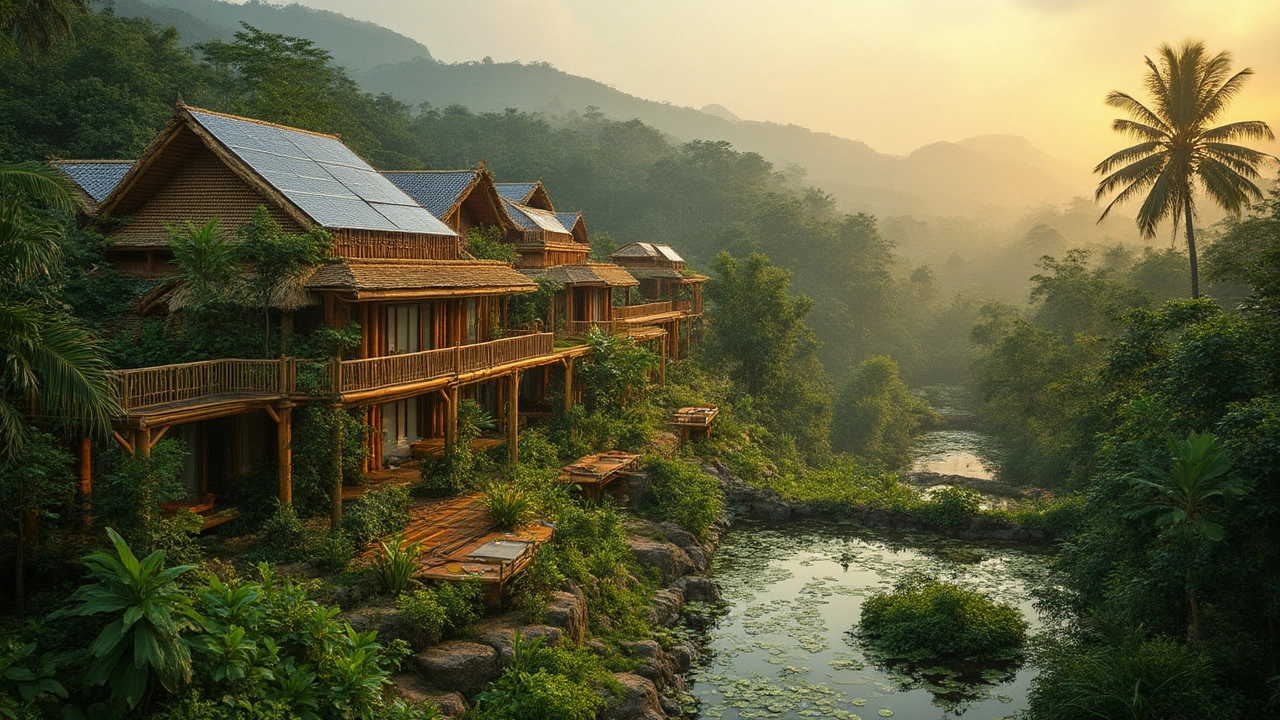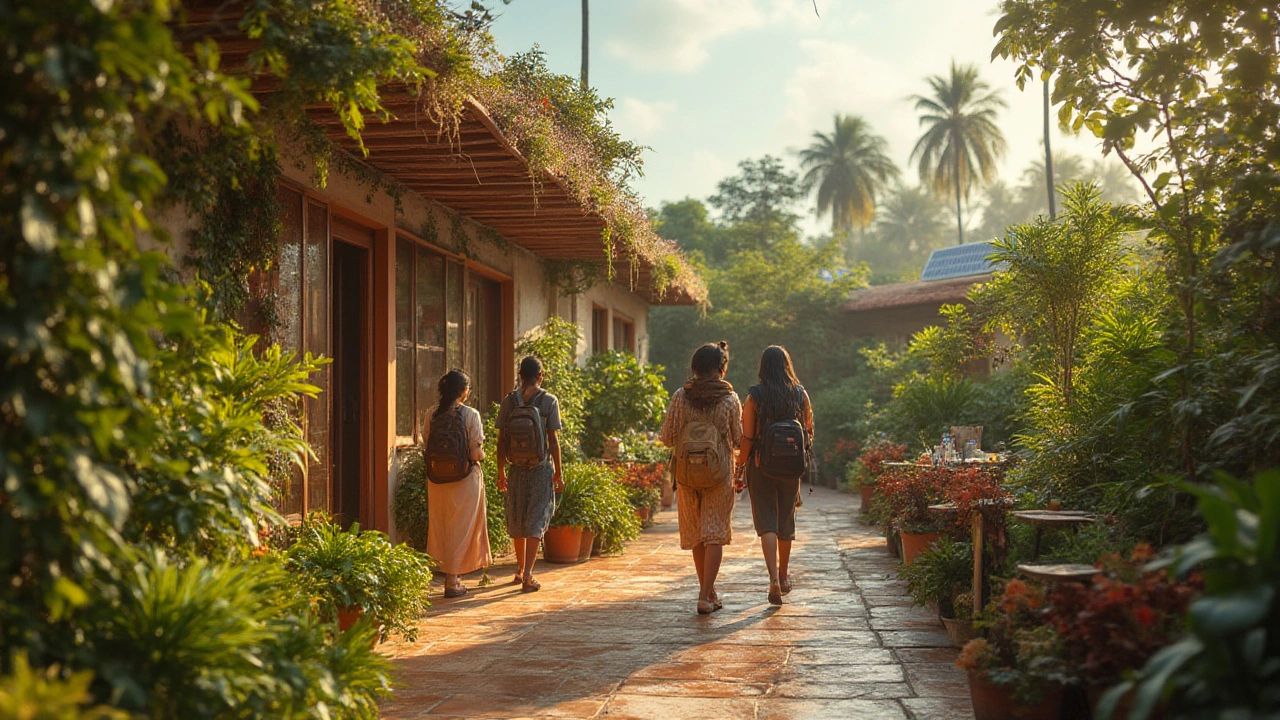Green Hotels in India: Sustainable Stays for Responsible Travelers
When you hear green hotels, accommodations designed to minimize environmental impact through energy efficiency, waste reduction, and local resource use. Also known as eco-friendly lodges, they’re not just about recycling bins and LED lights—they’re about how every choice, from the soap you use to the water you drink, supports the land around you. In India, where jungles breathe and rivers run wild, green hotels aren’t a trend—they’re a necessity. You can’t truly experience the wilderness if your stay is hurting it.
These places don’t just say they’re green—they prove it. Many use solar power to run lights and hot water, collect rainwater for showers, and grow their own food in on-site gardens. Some even work with local communities to hire staff, source handmade linens, and protect nearby forests. That’s why you’ll find them clustered near protected areas like the Western Ghats, Corbett, or the Sundarbans—not in city centers. A sustainable tourism, travel that respects ecosystems and supports local economies without degrading natural resources isn’t about guilt. It’s about smarter choices. And when you pick a green hotel, you’re not just sleeping—you’re helping preserve the very places you came to explore.
What makes these stays different from regular resorts? It’s the details. No plastic bottles. No air conditioning blasting all night. No imported snacks. Instead, you get handwoven blankets, meals made with ingredients from the village down the road, and guides who’ve lived in these forests their whole lives. You’ll find eco-friendly accommodations, lodgings built and operated with minimal harm to the environment, often using local materials and traditional techniques that blend into the landscape, not dominate it. And yes, they’re often quieter, cozier, and more real than any five-star chain.
Some travelers think green means roughing it. Not true. You can have a comfortable bed, hot showers, and great food—all while knowing your stay helps protect tigers, elephants, or ancient trees. The best green hotels in India don’t hide their practices—they show them. You’ll see compost piles, solar panels, and community boards listing local conservation wins. This isn’t marketing. It’s mission.
Below, you’ll find real stories from travelers who stayed in these places. Some stayed in treehouses powered by wind. Others slept under stars in camps that returned 100% of profits to forest guards. These aren’t ads. They’re experiences. And if you care about the wild places you visit, this collection will show you exactly where to go—and why it matters.

